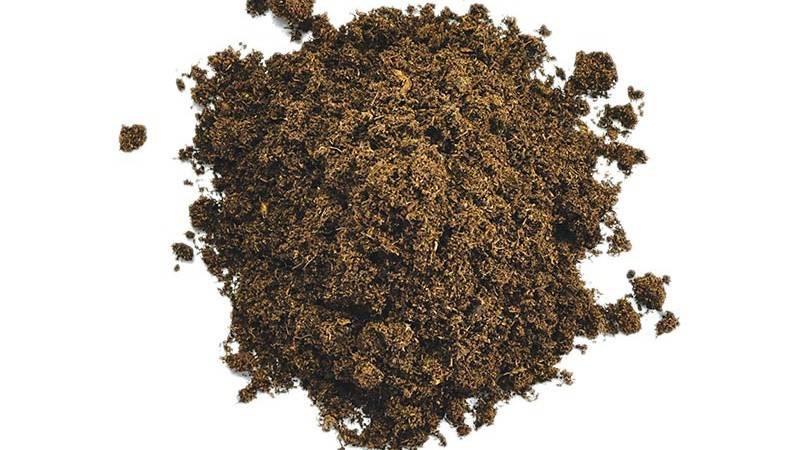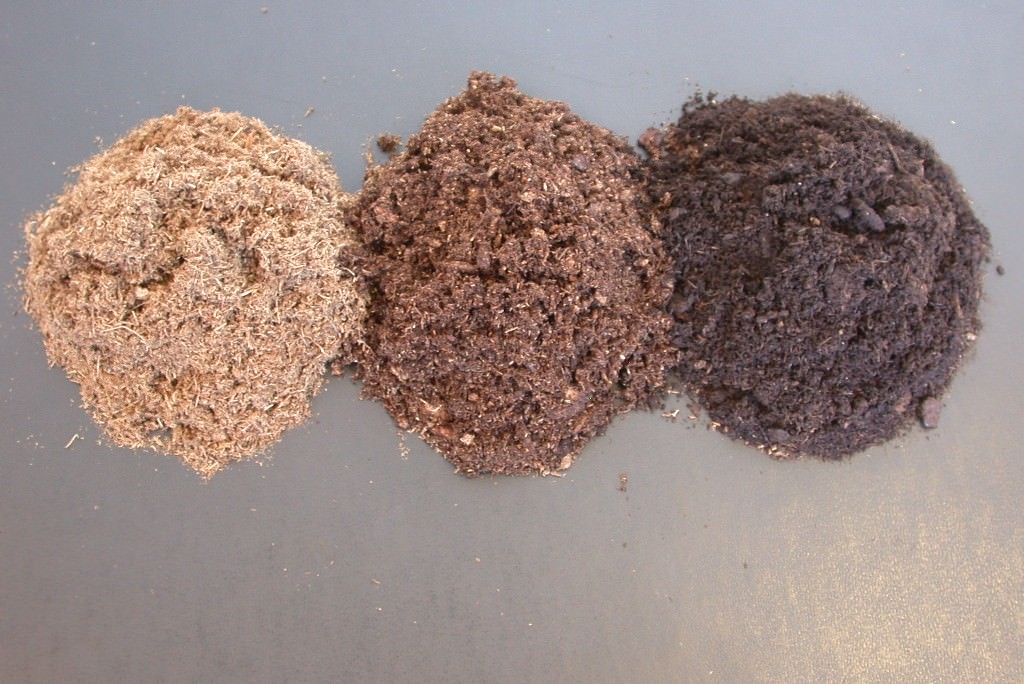Sphagnum Peat Moss Influence On Physical Properties Of Growing Media


The use of Sphagnum peat moss as a component of horticultural growing media has been very important because of the unique properties of the Sphagnum cells to hold and release water.
The Sphagnum cells are thin-walled cells with large cavities and their function is to absorb and transport water. An important characteristic of the Sphagnum cells is that they have lignified walls in the form of rings, spirals or plates. These prevent the cells from collapsing when they dry out. By keeping peat suitably wet, optimum conditions of moisture and aeration can be maintained.
The functions of a growing medium are: a water reservoir for plant uptake, a nutrient holding/exchange system, a place for gaseous exchange for root systems and an anchor point for a plant's roots.
What are the effects on growing media?
The influence of peat moss on the physical characteristics of growing media depends on the grade and type of peat moss. The physical properties of growing media that Sphagnum peat moss mainly affects are bulk density (which is the dry or wet weight (mass) of the growing medium), water holding capacity (which is the volume percentage of water retained after a saturated growing medium is allowed to drain), and air porosity (which is the measurement of the volume of pore space occupied by air after a saturated growing medium is allowed to drain).
Most growing media contain 60 to 80% of total pore space. The grade or particle size of the peat moss influences the amount of pore space in a soilless growing medium.
A crucial factor: peat moss fiber size
The particle or fiber size of peat moss is one of the most crucial factors in determining the type of growing medium and the crop production it is used for. Water-holding capacity, air porosity and bulk density are determined by the particle or fiber size of the peat.
The coarser the peat fiber, the greater the air porosity of a growing medium. The finer the peat fiber, the higher the water holding capacity and the greater the bulk density in a growing medium.
Typically, Sphagnum peat moss is classified by its fiber size such as “grower grade” peat, fine peat, consumer peat or black peat.
Grower Grade Sphagnum Peat Moss
Grower Grade, sometimes called coarse grade peat moss, has long, blond-colored fiber and is generally used to produce growing media for greenhouse plant production and nursery crops grown in flats to larger pots and baskets.
This type of peat has maximum air porosity over the other grades and the highest water retention. However, it tends to dry out faster than the other grades of peat because the peat packs loosely in containers, allowing water vapor to escape from the growing medium.
Due to its higher air porosity, plant roots can obtain oxygen more easily for maximum growth rates, further using up water from the growing medium and causing it to dry out more rapidly than growing media with finer peat moss. Coarse-fibered peat moss is usually blond in color with little or no peat dust associated with it. It typically can have some small amount of tree roots (often called sticks) that are naturally present with the peat moss and are not all eliminated during the screening process to maintain a good quality peat fiber.

Short Fiber/Fine Sphagnum Peat Moss
Short fiber or fine peat moss is generally blond to slightly brown and is screened out of “Grower Grade”. Peat fines are used in growing media for small-cell propagation, seed germination and plug production.
Due to the fiber size, growing media produced with this grade of peat will have many smaller pore spaces and a slightly lower water holding capacity, slightly higher bulk density and a slightly lower air porosity than growing media made with grower grade peat. Often growing media produced with this grade of peat will have a little more peat dust, but virtually no sticks.
Consumer Sphagnum Peat Moss
This is often seen in the compressed bales at garden centers and mass merchants. The peat is more decomposed than grower grade peat and has a brown color, with a short fiber length. It looks similar to coarse peat as it still has decent fiber, but does have slightly lower air porosity and water holding capacity as well as a little higher bulk density than fine peat moss.
Since consumer peat is a little more decomposed, it will dry out slightly slower than coarse peat. This makes it better for use in consumer growing media, as the consumer generally does not water frequently, or it can be incorporated directly to condition garden soils.
Black Sphagnum Peat Moss
Black peat moss is a highly decomposed, very fine particle-size peat that is usually used for soil amendments. Since the fibers are almost non-existent due to complete decomposition, the fine particles in black peat pack tightly together. This limits airflow, which limits the movement of water vapor, causing this type of Sphagnum peat moss to dry out very slowly between waterings.
Mushroom casings material is produced with this type of peat and will have a high bulk density, fairly high water holding capacity and low air porosity. As the name suggests, it is usually black or very dark in color and has a very distinct smell. It is most often blended with other grades of peat for producing growing media because it has a particle size too small or decomposed to be used alone.
Bulk density, water holding capacity and air porosity
In summary, the grade of Sphagnum peat moss used to produce soilless growing media will greatly influence the bulk density, water holding capacity and air porosity which will determine the use of growing media in plant production.
It is important to choose a soilless growing medium with the correct physical properties for the needs of the crop to be produced. Successful growing is a result of the proper choice of a growing medium and the actions of the grower.